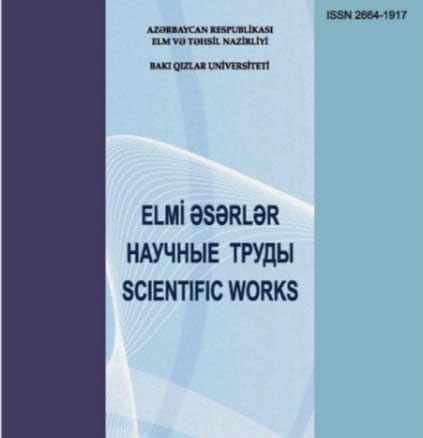
Key words: phonological structure, stress model, prosody, phonetic norm, vowel harmony, comparative linguistics
Summary
This article explores the phonological structures, stress systems, and prosodic features of Azerbaijani and Russian within a comparative linguistic framework. The study analyzes both languages’ phonotactic possibilities, the distribution of vowels and consonants, the acoustic and functional load of stress, as well as phonetic norms. In Azerbaijani, the fixed nature of stress and its alignment with vowel harmony indicates a structurally harmonious phonetic system. In contrast, Russian demonstrates a more dynamic and flexible phonetic character through its mobile stress, vowel reduction in unstressed positions, morphonological induction, and the division of prosody into lexical and post-lexical tiers. The article further emphasizes that phonological structure is not defined solely by an inventory of phonemes, but also by their mutual relationships, functional load, and combinatory rules. Various models of stress are presented both in formulaic and sentence-based formats to explain their role in shaping rhythmic organization and semantic function in speech.